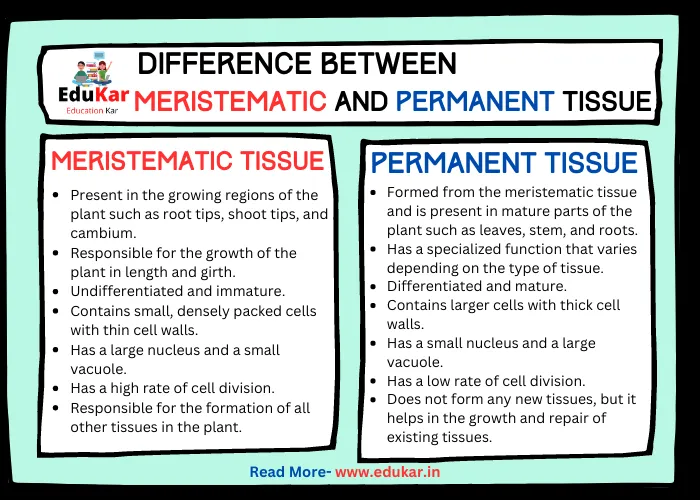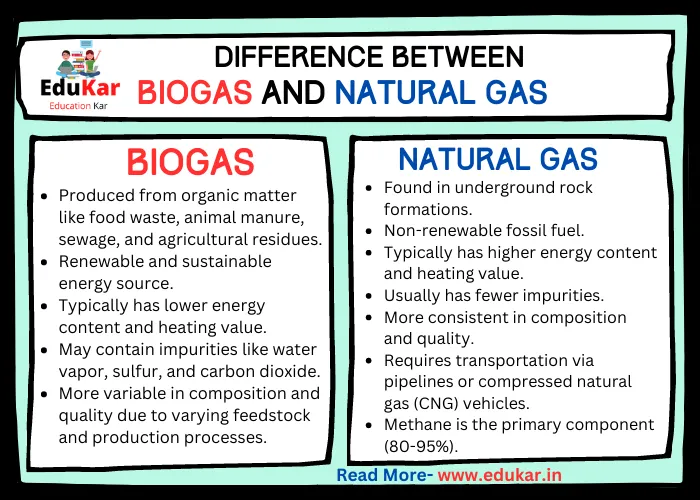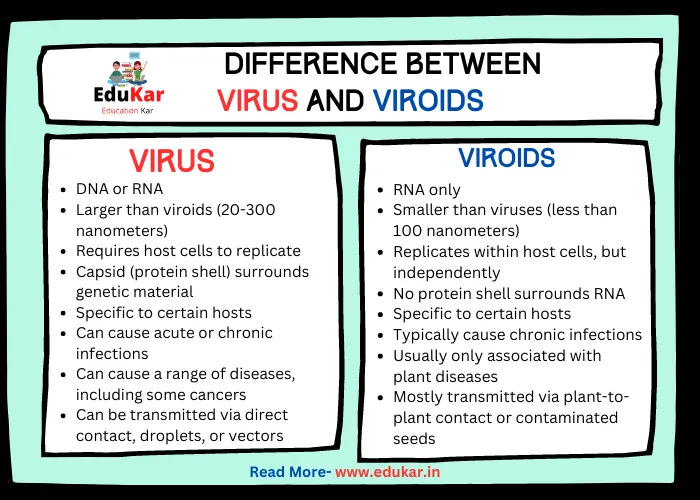Contents
- 1 Introduction
- 2 Biodegradable Materials
- 3 Non-Biodegradable Materials
- 4 Difference between Biodegradable and Non-Biodegradable
- 5 Environmental Impact
- 6 Benefits of Biodegradable Materials
- 7 Limitations of Biodegradable Materials
- 8 Conclusion
- 9 FAQs:
- 9.1 What is the difference between biodegradable and non-biodegradable materials?
- 9.2 Why is it important to understand the difference between biodegradable and non-biodegradable materials?
- 9.3 What are some examples of biodegradable materials?
- 9.4 What are some examples of non-biodegradable materials?
- 9.5 Can non-biodegradable materials ever break down?
- 9.6 Are biodegradable materials always better for the environment than non-biodegradable materials?
Learn about the key differences between biodegradable and non-biodegradable materials and why it’s important to understand them for the environment. Discover the benefits and limitations of both types of materials and their impact on the planet in this informative blog post.

Introduction
Biodegradable and non-biodegradable materials are two distinct categories of materials that are important to understand in today’s world. The products we use in our daily lives, such as packaging, single-use plastics, and other goods, are either biodegradable or non-biodegradable. Knowing the difference between the two is essential because it has a significant impact on our environment.
Biodegradable Materials
Biodegradable materials are defined as materials that can be decomposed by living organisms, such as bacteria and fungi, into simple, natural substances, like water and carbon dioxide. Biodegradable materials are not toxic and can break down easily and quickly into the environment. They can be found in a variety of forms, including natural and synthetic materials. Some examples of biodegradable materials include food waste, leaves, branches, paper, and cardboard.
How Biodegradable Materials Break Down
Biodegradable materials break down through a process known as biodegradation. Biodegradation occurs when microorganisms, such as bacteria and fungi, break down organic substances into simpler substances, such as carbon dioxide, water, and other minerals. The process of biodegradation depends on a variety of factors, such as temperature, humidity, and the presence of oxygen.
Examples of Biodegradable Materials
Food waste is an example of a biodegradable material that breaks down easily and quickly. When food waste is thrown into a compost bin, it breaks down into compost, which can then be used as fertilizer. Similarly, leaves, branches, and grass clippings can also be composted and turned into nutrient-rich soil. Paper and cardboard are also biodegradable and can be recycled.
Non-Biodegradable Materials
Non-biodegradable materials are materials that cannot be broken down easily or quickly by microorganisms. They do not decompose or disintegrate naturally, so they can remain in the environment for hundreds or thousands of years. Non-biodegradable materials can be natural or synthetic. Some examples of non-biodegradable materials include plastic, glass, and metal.
How Non-Biodegradable Materials Degrade
Non-biodegradable materials do not degrade quickly because microorganisms do not have the ability to break them down. When non-biodegradable materials are discarded, they can end up in landfills, where they can take hundreds of years to decompose. Additionally, non-biodegradable materials can end up in bodies of water and contribute to the growing problem of ocean plastic.
Examples of Non-Biodegradable Materials
Plastic is an example of a non-biodegradable material that has a significant impact on the environment. Plastic can take hundreds of years to decompose, and it often ends up in landfills or in the ocean, where it can harm wildlife and contribute to pollution. Glass and metal are also non-biodegradable materials that do not decompose easily.
Difference between Biodegradable and Non-Biodegradable
| S.No. | Biodegradable | Non-biodegradable |
|---|---|---|
| 1 | These are materials that can be broken down naturally by microorganisms like bacteria and fungi, into simpler compounds that do not harm the environment. | These are materials that do not decompose naturally or take a long time to break down, causing pollution and harm to the environment. |
| 2 | Biodegradable materials are often derived from natural sources such as plants and animals, and can be easily recycled. | Non-biodegradable materials are usually synthetic or man-made and cannot be easily recycled. |
| 3 | Examples of biodegradable materials include food waste, paper, wood, and some types of plastics made from natural sources such as starch or cellulose. | Examples of non-biodegradable materials include plastic bags, Styrofoam, aluminum foil, and electronic waste. |
| 4 | Biodegradable materials contribute to the natural nutrient cycles of the environment and support healthy ecosystems. | Non-biodegradable materials can cause long-term environmental damage and disrupt natural ecosystems. |
| 5 | Biodegradable materials can decompose in various environments such as landfills, compost heaps, and water bodies, depending on the type of material and the conditions. | Non-biodegradable materials do not decompose in any environment and can persist in the environment for hundreds of years. |
| 6 | Biodegradable materials are less harmful to wildlife and marine life as they do not accumulate in the food chain. | Non-biodegradable materials can be ingested by wildlife and marine life, causing harm or death. |
| 7 | Biodegradable materials reduce the carbon footprint and help mitigate climate change by reducing the amount of waste going to landfills. | Non-biodegradable materials contribute to the increase of greenhouse gases and the depletion of natural resources. |
| 8 | Biodegradable materials can be used for sustainable and eco-friendly products such as biodegradable packaging and utensils. | Non-biodegradable materials are used in products that are not eco-friendly and can cause environmental harm. |
| 9 | Biodegradable materials are often biocompatible, which means they do not cause harm to living organisms when used in medical applications. | Non-biodegradable materials may cause harm to living organisms when used in medical applications, or if they accumulate in the environment. |
| 10 | Biodegradable materials have a limited lifespan and will eventually break down into harmless compounds. | Non-biodegradable materials have an indefinite lifespan and will persist in the environment for a very long time. |
| 11 | Biodegradable materials can be disposed of in an environmentally friendly manner by composting, which produces nutrient-rich soil for plants. | Non-biodegradable materials cannot be disposed of in an environmentally friendly manner and can cause environmental harm. |
| 12 | Biodegradable materials are less harmful to human health as they do not contain toxic chemicals or release harmful pollutants when they break down. | Non-biodegradable materials can release harmful pollutants such as greenhouse gases and toxic chemicals when they break down or are incinerated. |
| 13 | Biodegradable materials can save energy and resources in the manufacturing process as they can be made from renewable resources. | Non-biodegradable materials require more energy and resources to manufacture as they are often made from non-renewable resources. |
Environmental Impact
The environmental impact of biodegradable and non-biodegradable materials is vastly different. Non-biodegradable materials have a more significant impact on the environment because they do not break down easily, which means that they can remain in the environment for hundreds of years. Additionally, non-biodegradable materials can contribute to pollution, greenhouse gas emissions, and waste in landfills.
On the other hand, biodegradable materials break down easily and quickly, which means that they do not have a significant impact on the environment. Biodegradable materials can be composted or recycled, which reduces the amount of waste that ends up in landfills. Biodegradable materials also contribute to sustainability because they are made from natural substances and do not emit harmful chemicals.
Benefits of Biodegradable Materials
There are several benefits of using biodegradable materials. The first and most important benefit is that biodegradable materials are sustainable. They are made from natural substances and do not emit harmful chemicals, which means that they have a minimal impact on the environment. Biodegradable materials can also be composted or recycled, which means that they do not end up in landfills, where they can take hundreds of years to decompose.
Another benefit of biodegradable materials is that they reduce waste. When biodegradable materials are composted or recycled, they are turned into new products, which means that less waste ends up in landfills. Additionally, biodegradable materials are non-toxic and do not emit harmful chemicals, which means that they do not contribute to pollution.
Limitations of Biodegradable Materials
While biodegradable materials have many benefits, there are also some limitations to using them. One of the biggest limitations of biodegradable materials is their cost. Biodegradable materials are often more expensive than non-biodegradable materials, which can make them less accessible to consumers. Additionally, biodegradable materials are often less durable than non-biodegradable materials, which means that they may need to be replaced more frequently.
Another limitation of biodegradable materials is their availability. While there are many types of biodegradable materials available, they may not be as widely available as non-biodegradable materials. This can make it difficult for consumers to find and purchase biodegradable products.
Conclusion
Understanding the difference between biodegradable and non-biodegradable materials is important for the environment and our daily lives. Non-biodegradable materials have a significant impact on the environment because they do not break down easily, which means that they can remain in the environment for hundreds of years. Biodegradable materials, on the other hand, are sustainable and do not emit harmful chemicals, which means that they have a minimal impact on the environment.
While there are some limitations to using biodegradable materials, such as cost and availability, they are an essential part of creating a sustainable future. By choosing biodegradable materials, we can reduce waste, minimize our impact on the environment, and create a healthier planet for future generations.
FAQs:
What is the difference between biodegradable and non-biodegradable materials?
Biodegradable materials are those that can be broken down by natural biological processes, such as bacteria or fungi, into organic matter. Non-biodegradable materials are those that cannot be broken down by natural biological processes and can persist in the environment for long periods.
Why is it important to understand the difference between biodegradable and non-biodegradable materials?
It is important to understand the difference between biodegradable and non-biodegradable materials because it affects the environment. Non-biodegradable materials can have a significant impact on the environment because they do not break down easily and can remain in the environment for hundreds of years. Biodegradable materials, on the other hand, are sustainable and do not emit harmful chemicals, which means that they have a minimal impact on the environment.
What are some examples of biodegradable materials?
Examples of biodegradable materials include food waste, paper, cardboard, wood, cotton, wool, silk, and some types of plastics made from plant-based sources such as corn starch.
What are some examples of non-biodegradable materials?
Examples of non-biodegradable materials include plastic bags, Styrofoam, glass, aluminum cans, and many types of synthetic fabrics such as polyester and nylon.
Can non-biodegradable materials ever break down?
While non-biodegradable materials can persist in the environment for a very long time, some can break down through chemical processes or photodegradation. However, this process can take hundreds or thousands of years.
Are biodegradable materials always better for the environment than non-biodegradable materials?
While biodegradable materials have many benefits, there are also some limitations to using them, such as their cost and availability. Additionally, some biodegradable materials may not break down properly in certain environments, such as landfills. It is important to consider the entire life cycle of a product when evaluating its environmental impact, including the resources required to produce it, its use, and its disposal.
















